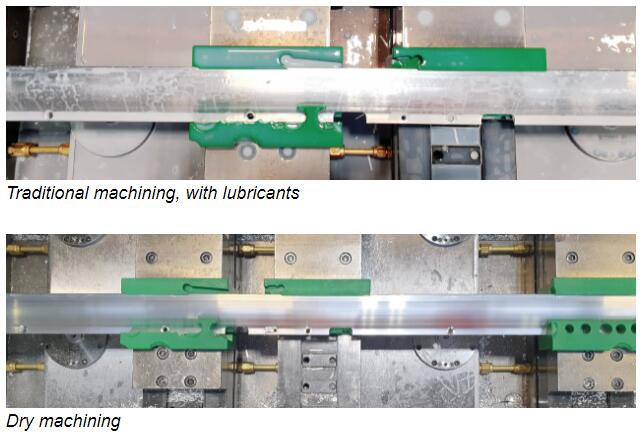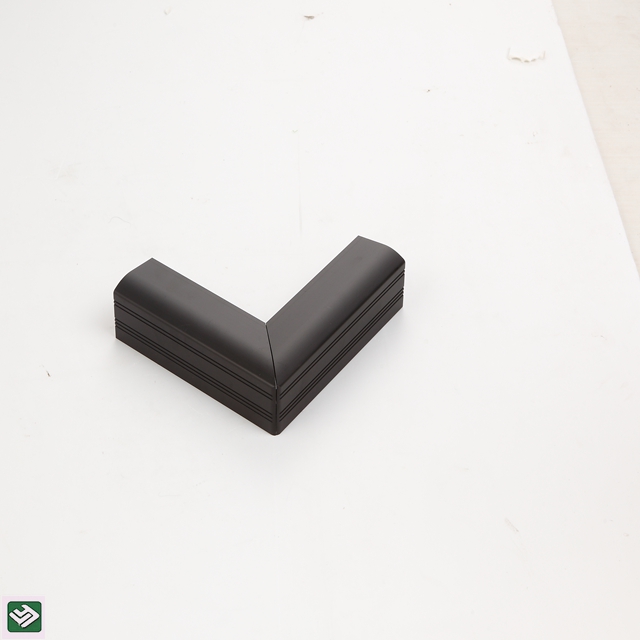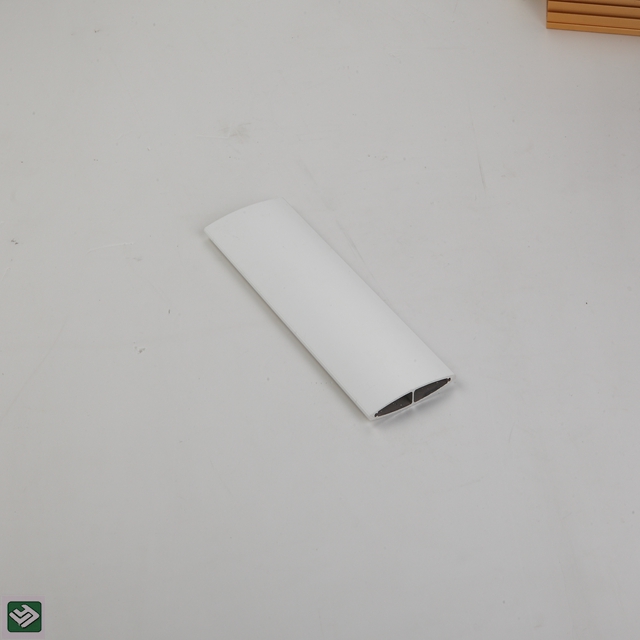Aluminum is the metal of the future, with unique properties and endless application and design possibilities. But it still has a carbon footprint, and just like all other materials, when you manufacture metal, the carbon footprint increases. Now we can reduce that footprint through dry processing.
Aluminum is a key component of a more climate-friendly circular economy. That said, we are also aware of the challenges of making the entire value chain of light metals more sustainable. We need to be aware of these challenges because it is an ethical responsibility to continuously reduce the footprint of aluminum production and aluminum products.
Aluminum profile extrusion battery shell heatsink Aluminum CNC Electric Scooter Parts For Vehicle
In manufacturing plants, we can start by questioning the resource requirements of various processes, the types and sources of operating materials used, their environmental impact, and their recyclability. Avoiding the use of operating materials is an important step toward sustainability.
One way we can reduce the footprint of aluminum products is through dry machining. This means eliminating the use of oil, potable water and lubricants in machining centers with the aim of eliminating them throughout the machine area.
In a machine-dependent civilization, materials to lubricate moving parts are considered essential. For thousands of years, lubricants have been used to improve production processes where friction causes wear and tear. We started with prehistoric lubricants such as sludge, liquids in tree trunks and crushed reeds, or wood and stone used to construct buildings. Then we moved on to fats and oily substances in animal fats, animal and vegetable oils and whale oil.
The rise of the petroleum industry brought us petroleum-based lubricants. Synthetic liquid lubricants followed closely behind.
The problem is that petroleum-based lubricants pollute the environment and water directly or indirectly through the production, processing and discharge of substances.

Lubricants have always been used in mechanical processing - milling, drilling, sawing, punching. On one hand, in the form of cooling lubricants to dissipate heat, and on the other, oils to reduce friction and wear.
Aluminium profiles are traditionally machined in mechanical centers using CNC machines with cooling lubricants and lubricating oils in a minimum Some companies machine their semi-finished aluminium products partially in a dry state, but there aren't Some companies machine their semi-finished aluminium products partially in a dry state, but there aren't many.
In our machining centers, we have decided to carry out milling without cooling lubricants and oils, and other machining steps will follow. The key is in the tools: special geometry for chip removal and tailor-made material selection are required.
● Eliminating the cooling lubricant has positive effects on product quality: a lower risk of corrosion, reduced burr formation on the aluminium profile and no chip adhesion
● Waste is reduced. This means no more used coolant disposals, no more cooling lubricant residues on the profile and no more residues on the packaging This means no more used coolant disposals, no more cooling lubricant residues on the profile and no more residues on the packaging material, which also means that packaging materials can be re-used
● No use of oil nor drinking water (lubricants are 10% oil and 90% drinking water)
● Washing the extrusions is not necessary: The profiles are clean after blowing with compressed air and can be packed directly - again saving on drinking water
● No environmental pollution caused by the emission of lubricants and no resource-consuming preparation of lubricants after use
● Improved working environment in production: no health hazards from lubricant-containing aerosols in the hall and a clean workplace for improved safety
Transitioning to dry machining is not simple, but it is achievable. Yes, there are problems, such as the need to achieve complex machining processes without lubrication. Without oil, thread cutting and deep blind hole drilling are not yet feasible.
Regardless of the approach, you take when considering this option for your process, you need to realize that eliminating coolants and lubricants from your machining is an important step toward sustainability.

